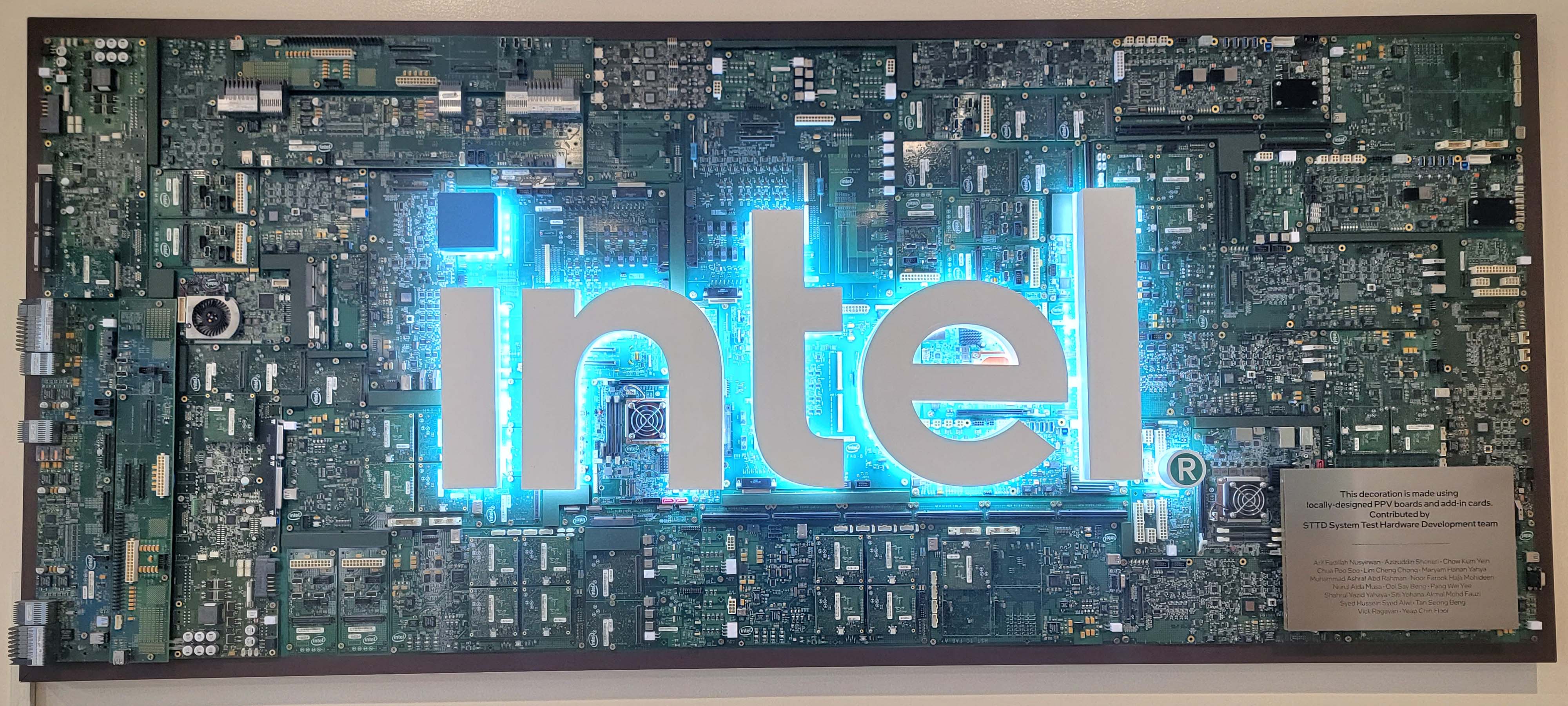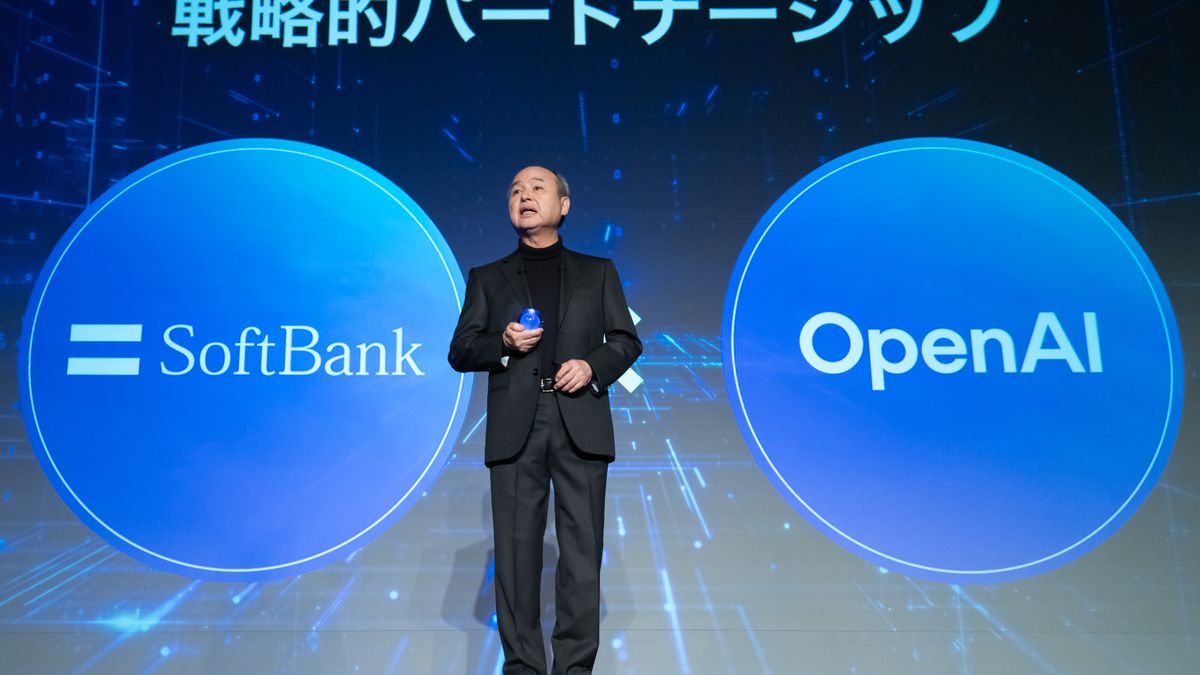Intel CEO Lip Bu-Tan announced a series of sweeping measures today, including an unspecified number of layoffs, a company restructuring, the elimination of non-core products, and a return-to-office mandate, as the company presented its first-quarter earnings report. Tan has only been at the helm of Intel for five weeks, but his core message is that the transformation of Intel's culture will be an extended process and requires eliminating the "bureaucracy suffocating the innovation and agility that we need to win," citing that many teams are "eight or more layers deep."
Intel has not yet specified the number of employees it expects to lay off in the coming months, but stated that the company will begin the adjustments in Q2 and will implement them over several months. Intel last laid off 15% of its workforce, approximately 15,000 employees, in August 2024. It has been rumored that Intel plans to lay off 20% of its workforce in this round, which could equate to nearly 20,000 more employees.
Intel is also reducing its operating expense target by $1.5 billion over the next two years. Intel will reduce its operating expenses to $17 billion in 2025, a $ 500 million cut, and aim for $16 billion in 2026, a further $1 billion reduction.
Tan restructured the upper echelon of the management team late last week, but says he will continue to eliminate more layers of the management structure, noting that "many teams are eight or more layers deep, which creates unnecessary bureaucracy that slows us down." He also noted that the most important KPI for managers at Intel has been the size of their team. Tan will eliminate that strategy, instead focusing on creating a leaner and more efficient structure that prioritizes engineering and action.
Tan also noted that the current policy, which requires employees to be on site for three days per week, has not been followed consistently. The company will now require all employees to be in the office for four days per week, effective September 1. The focus on efficiency will also extend to significantly reducing internal administrative work, including eliminating unnecessary meetings and reducing the number of attendees. Tan is also making Insights and OKR requirements, a goal-setting method pioneered by company legend Andy Grove and later loudly resurrected by ex-CEO Pat Gelsinger, now optional instead of mandatory.
While Tan has only shared the broad outlines of his plans, they are expansive in scope. "I’m talking about the opportunity to fundamentally reinvent an industry icon. To pull off a comeback that will be studied in business schools for generations to come. To create new technologies and deploy them at scale to change the world for the better," Tan said.
"It’s going to be hard. It will require painful decisions. But we will make them knowing it’s what we must do to serve our customers better as we build a new Intel for the future – and I have great confidence in the power of our team and our people to make it happen."

 6 months ago
202
6 months ago
202







 English (US) ·
English (US) ·